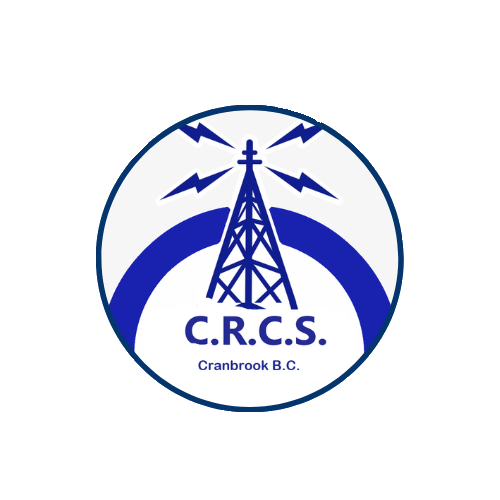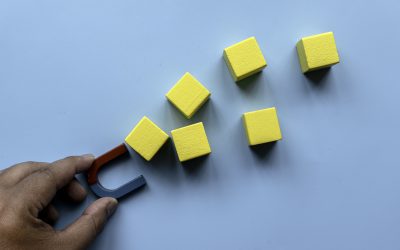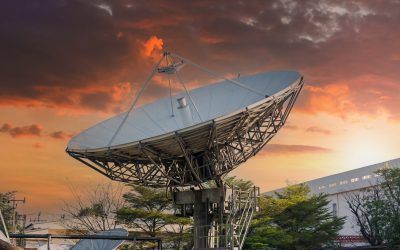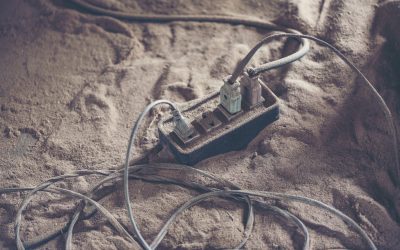The amateur radio community has always embraced a DIY spirit, and now, with affordable 3D printers more accessible than ever, hams are finding new ways to build and customize their shacks. Whether you’re printing antenna mounts or cases for your gear, 3D printing ham gear is becoming a valuable tool for operators of all experience levels.
In this blog post, we’ll explore the benefits of 3D printing in amateur radio, review practical items you can print at home, and share tips on getting started. If you’re looking to upgrade or organize your station, this guide will help you do it—without breaking the bank.
Why 3D Printing Matters in Ham Radio
3D printing offers hams the freedom to create customized components quickly and affordably. Instead of relying solely on commercial parts or waiting for shipping, you can design and print exactly what your station needs:
- Customization: Tailor gear to fit your specific radios, antennas, or shack layout.
- Affordability: Printing parts costs a fraction of what you’d pay for commercial equivalents.
- Rapid Prototyping: Test new ideas or hardware with minimal investment.
- Community Support: The ham and maker communities frequently share open-source designs.
If you enjoy building, experimenting, or problem-solving, 3D printing is a natural extension of the amateur radio hobby.
Recommended 3D Printed Ham Gear
Here’s a list of popular and highly practical items hams are printing around the world. All of these can be printed on a standard home printer (like an Ender 3 or Prusa Mini) with basic filament like PLA or PETG.
1. Antenna Line Winders
Perfect for portable operators or Field Day setups, these handy tools keep wire antennas neat and tangle-free. Look for models with built-in handles and notches to secure wire ends.
2. Cable Clips and Mounts
Keep your shack tidy with printed clips, hooks, and holders. These can be mounted on walls, desks, or even rack rails to route coax, power cords, and jumpers.
3. Call Sign Desk Signs
Print a custom sign featuring your call sign and club affiliation. These make great additions to your shack and are often conversation starters.
4. Radio Stands and Faceplates
Support your handhelds or mobile radios at an ideal viewing angle. You’ll find designs compatible with Yaesu, Icom, Baofeng, and others. Some include cutouts for power or antenna cables.
5. Microphone Holders
Avoid clutter and keep your mic where it belongs. You can mount a mic clip to your desk or wall with adhesive or screws.
6. Battery Holders and Cases
From 18650 batteries to SLA packs, custom cases can keep your portable power supplies organized and protected.
7. Mast Clamps and Antenna Brackets
Need to attach a lightweight antenna to a mast or PVC pole? Print your own clamps using PETG or ABS for improved durability.
8. HT Belt Clips and Holsters
Replace broken clips or create custom holsters that fit your gear perfectly. Some even feature slots for spare batteries or pens.
9. Rotator Position Markers
Print a simple azimuth ring or pointer to help track your antenna direction. This is especially useful for portable satellite or HF setups.
10. Coaxial Cable Connectors & Boot Covers
Protect your connectors and improve weather resistance with printed boots or dust caps. These are quick prints that add long-term value.
Where to Find Ham Radio STL Files
There’s a growing library of amateur radio-related files available online. Here are a few reliable sources:
- Thingiverse – Search “ham radio,” “antenna mount,” or “Baofeng holder.”
- Printables – Created by Prusa, this site includes curated and high-quality models.
- Cults3D and MyMiniFactory – Additional STL hosting platforms with niche designs.
- Reddit & QRZ Forums – Fellow hams often share their latest designs or modifications.
Look for files with detailed descriptions, recommended settings, and photos from other users.
Tips for Printing Durable Ham Gear
For gear that will be used outdoors or in portable setups, durability matters. Here’s how to get prints that last:
- Use PETG or ABS: PLA is easy to print but may deform in heat. PETG offers strength and UV resistance. ABS is durable but requires better ventilation.
- Print with Higher Infill: For structural parts, use 50%+ infill to add rigidity.
- Check Wall Thickness: Increase outer wall count for better impact resistance.
- Design for Function: Look for models designed with stress points in mind.
- Test Fit Before Full Print: If making something custom, print a small section first to check dimensions.
Designing Your Own Ham Gear
If you can’t find exactly what you need, design it! Beginner-friendly tools include:
- Tinkercad – Great for simple models and learning 3D design basics.
- Fusion 360 – Powerful CAD software for more complex builds.
- FreeCAD – Open-source alternative for hobbyists.
Start by measuring the item you want to hold or support. Use calipers for accuracy. Then, sketch the outline and add features like screw holes, slots, or cable channels.
Once complete, export as an STL and slice using software like Cura or PrusaSlicer.
Real-World Examples from CRCS
Several CRCS members have integrated 3D prints into their stations:
- VE7ABC created a custom mic holder and battery tray for his portable setup.
- VA7XYZ printed antenna spacers and mast clamps for a VHF yagi built from scrap aluminum.
- VE7CRN uses printed cable guides to manage coax and USB lines in his home shack.
These prints improve organization and performance—plus, they’re fun to make.
Common Pitfalls to Avoid
- Poor Print Orientation: Print parts so stress-bearing sides are aligned with stronger axes.
- Wrong Filament Choice: PLA may crack in the cold or warp in summer heat.
- Overly Complex Designs: Start simple. Fewer supports and moving parts = fewer failures.
- Neglecting Post-Processing: Sanding or sealing printed parts can add durability.
3D printing ham gear adds versatility, customization, and hands-on fun to the radio hobby. Whether you’re improving your home station, preparing for field operations, or just keeping cables tidy, there’s likely a printable solution to help.
At Cranbrook Radio Club Society, we’re big fans of tools that blend old-school radio with modern tech. If you’re printing for the first time or want to share a design, come chat at our next club meeting or check in on the weekly net.
Don’t be surprised if your next favorite piece of gear comes from your printer instead of your wallet.




